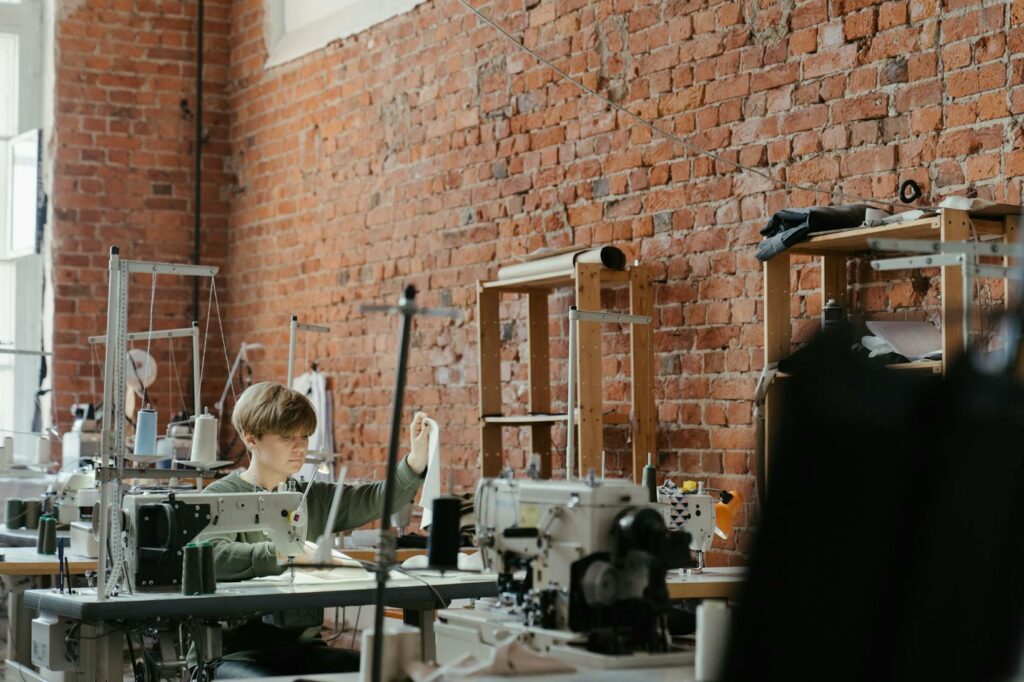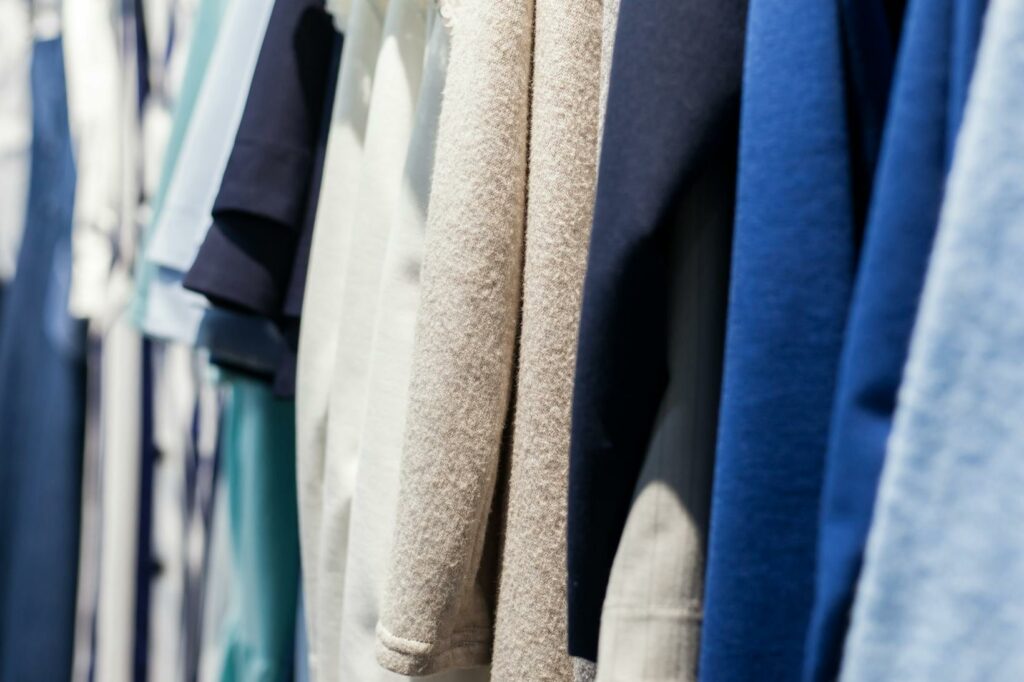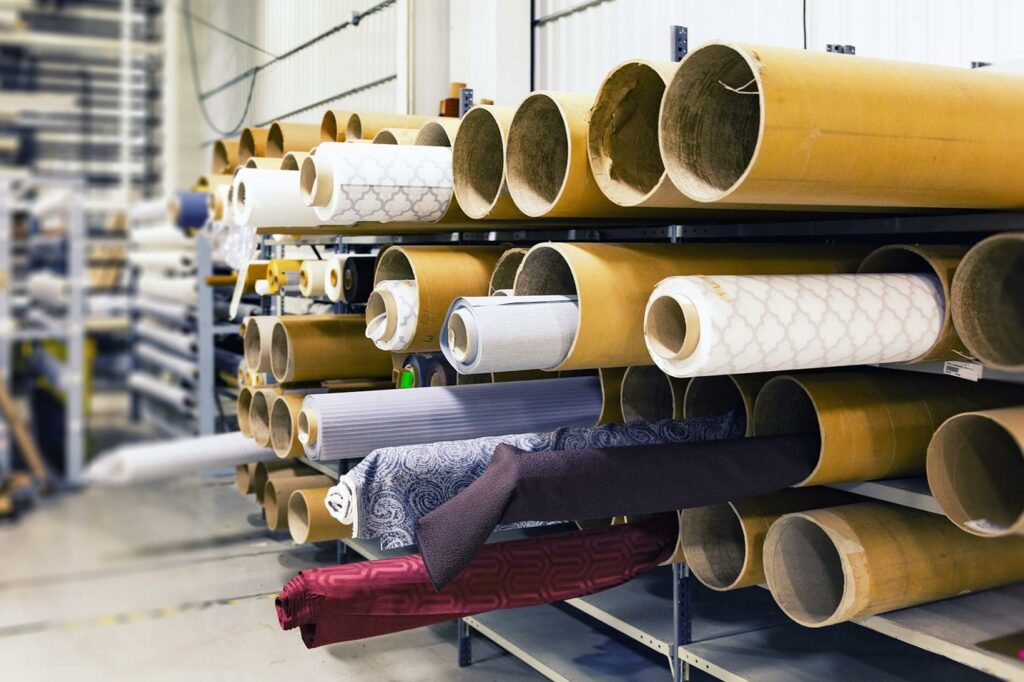Textile lofts, a unique fusion of industrial charm and modern living, offer a glimpse into the rich history of textile manufacturing. These converted spaces breathe new life into old factories, weaving together the past and present in a tapestry of design and functionality. From exposed brick walls to soaring ceilings, textile lofts exude a sense of character that sets them apart in the world of urban living.
 With a resurgence in the popularity of loft-style living, textile lofts have become sought-after gems for those who appreciate the marriage of heritage and contemporary aesthetics. The spacious layouts and abundant natural light create an inviting atmosphere that appeals to individuals looking for a distinctive place to call home.
With a resurgence in the popularity of loft-style living, textile lofts have become sought-after gems for those who appreciate the marriage of heritage and contemporary aesthetics. The spacious layouts and abundant natural light create an inviting atmosphere that appeals to individuals looking for a distinctive place to call home.
Whether used as residential spaces or creative studios, textile lofts offer a canvas for personal expression within a historical backdrop.
Textile Lofts
Textile lofts are industrial spaces that have been repurposed into residential or commercial properties. These unique living and working spaces preserve the historical charm of old factories while offering modern amenities and design elements.
What Are Textile Lofts?
Textile lofts are characterized by their open layouts, high ceilings, and large windows, allowing for an abundance of natural light. They often feature industrial details such as exposed brick walls, concrete floors, and ductwork, adding to their unique aesthetic appeal. Textile lofts provide residents with spacious living areas that can be customized to suit individual preferences, making them ideal for those looking for a creative living environment.
Historical Significance of Textile Lofts
Originally used as factories or warehouses in the textile industry, these buildings played a vital role in the industrial revolution. The conversion of textile lofts into modern living spaces preserves a piece of history while offering a contemporary living experience. Textile lofts reflect the heritage of the industrial era, blending the past with the present to create a harmonious balance between historical significance and modern functionality.
The Design and Architecture of Textile Lofts
 Textile lofts are repurposed industrial spaces that have undergone a transformation into residential or commercial properties while retaining the historical charm of old factories and integrating contemporary design elements.
Textile lofts are repurposed industrial spaces that have undergone a transformation into residential or commercial properties while retaining the historical charm of old factories and integrating contemporary design elements.
These lofts boast open layouts, soaring ceilings, and industrial accents such as exposed brick walls and concrete floors, creating an aesthetic that blends the past with the present. The design and architecture of textile lofts offer a unique living or working environment that combines historical significance with modern comfort and style.
Unique Features of Textile Loft Interiors
- Open Layouts: Textile lofts are known for their spacious open floor plans that provide flexibility in interior design and allow for creative customization.
- High Ceilings: The high ceilings in textile lofts create a sense of airiness and grandeur, enhancing the overall spacious feel of the living or working space.
- Industrial Accents: Features like exposed brick walls, metal piping, and concrete floors add industrial character and visual interest to the interiors of textile lofts.
- Abundant Natural Light: Large windows and expansive open spaces in textile lofts allow for plenty of natural light, contributing to a bright and inviting atmosphere.
- Modern Amenities: Textile lofts are often equipped with modern amenities such as stainless steel appliances, sleek fixtures, and contemporary finishes to provide comfort and convenience.
- Flexible Use of Space: Innovative architectural designs in textile lofts offer versatile living or working areas that can adapt to different needs and preferences.
- Integration of Green Spaces: Some textile loft developments incorporate green spaces like rooftop gardens or inner courtyards, promoting sustainability and a connection to nature.
- Smart Home Technology: Advances in architecture have led to the integration of smart home technology in textile lofts, allowing for remote control of lighting, temperature, and security systems for enhanced convenience and efficiency.

Textile lofts play a vital role in urban revitalization, blending historical charm with modern functionality to create dynamic living and working spaces. These developments not only preserve industrial heritage but also foster a strong sense of community among residents, promoting collaboration and creativity.
In essence, textile lofts represent a harmonious blend of the past and the present, offering unique opportunities for individuals and businesses seeking a vibrant and supportive environment.



